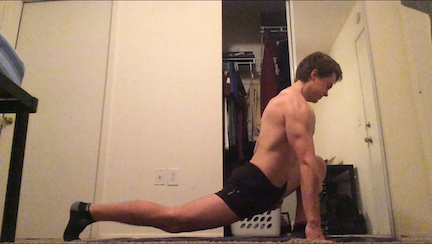
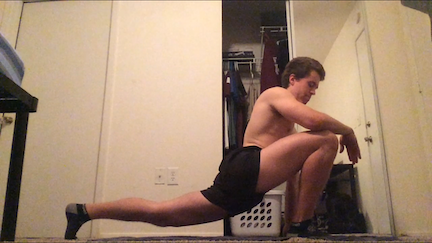
The front split is a basic flexibility position found in gymnastics and yoga. Specific stretches, progressions, and a training plan are detailed.
Front split (FS) is defined as follows:
FS requires basic leg mobility and strength:
I used two supplementary stretches (SS1, SS2) prior to the main FS stretch. The supplementary stretches are meant to warm up the muscles you will be using during the actual FS, as well as "reverse-engineer" stretch the muscles you will be using for the FS.
The stretch should be felt in the hamstring and groin on the front leg and the quad and hip flexor on the rear leg. Using a hand for balance is fine, but use minimally - most of the work should be coming from your legs. You should be up on your toes on the rear leg and trying to drive your hips towards the ground without moving your feet.


The stretch should be felt only in the quad and hip flexor of the rear leg. With the foot pointed, attempt to pull your sole flat against your body, keeping the lower leg (calf) in line with the upper leg (thigh).

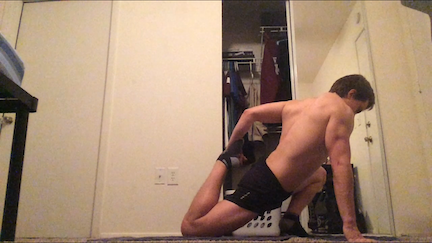
After performing both SS1 and SS2, your legs should be properly warmed-up and ready for the FS itself. Performing the FS on a low-friction (not frictionless) surface, such as hardwood or carpet, is a good option, as it allows you to slide into the stretch and forces you to use strength to keep from going too deep.
My preferred method of entering FS is to get on one knee (90° between calf and thigh) with the other leg pointed straight out in front. Slowly move the front leg's foot out to begin the stretch. A good demonstration is here.
Progressions past a standard FS should only be worked on once the following is achieved:
There are two progressions past standard FS: ground oversplit (GOS) and supported oversplit (SOS).
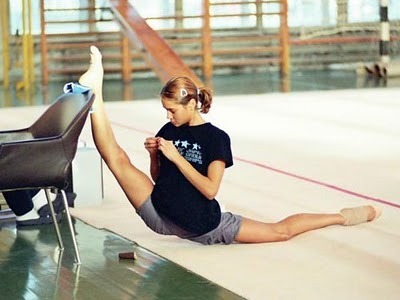

GOS can be approached two ways: elevating the front leg or elevating the back leg. I've found the front leg to be easier and more natural. Elevation should progress in 1 in. increments, with at least 2-3 sessions at the same height to allow your body to acclimate. Work back up to a comfortable 3-5x60s before increasing the elevation.
The support oversplit is progressed by simply moving the supports closer to your feet. I suggest starting with your lower leg (knee and below) supported to get used to it. Once you get back up to 3-5x60s, decrease the support on one leg while keeping the other leg's support the same. An example progression would be:
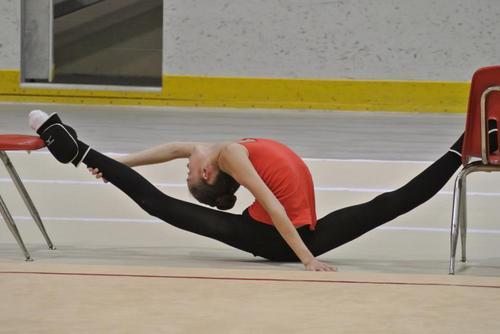
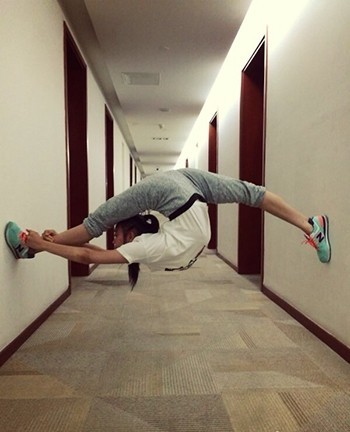
I prefer to do my FS work after any leg exercises to ensure they are completely warm and prevent interference with strength work.
Here is an example FS session: